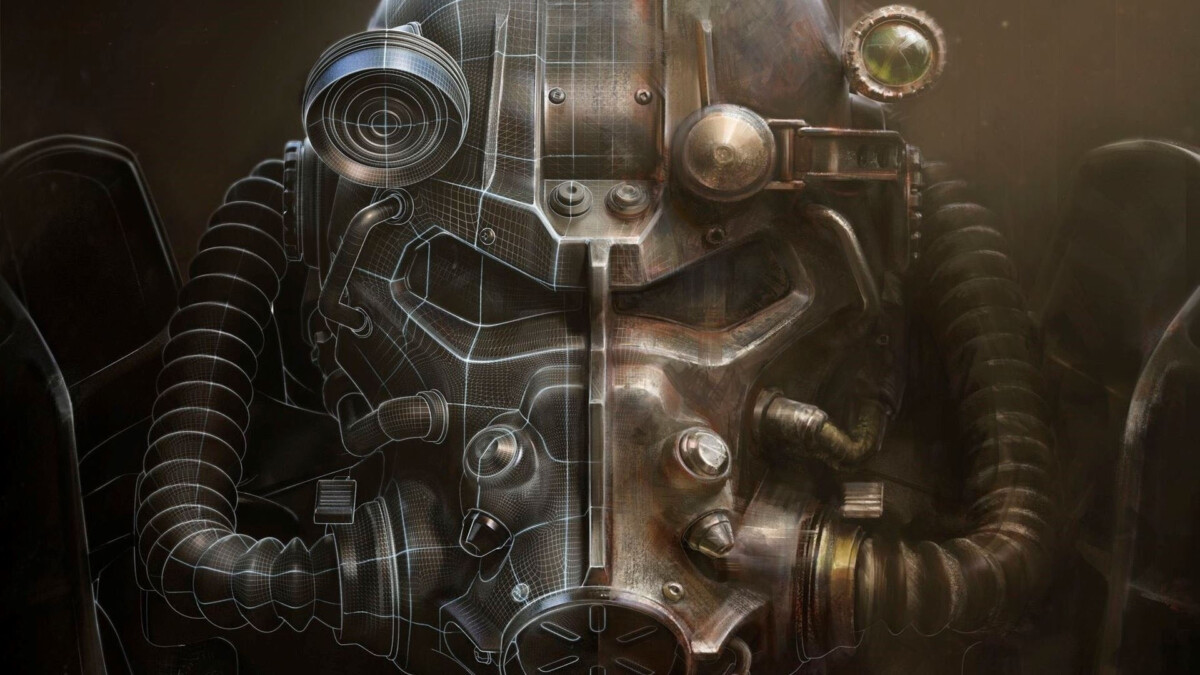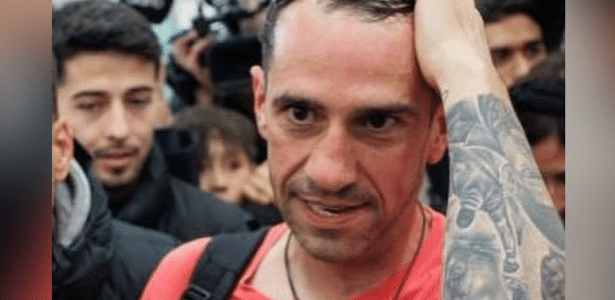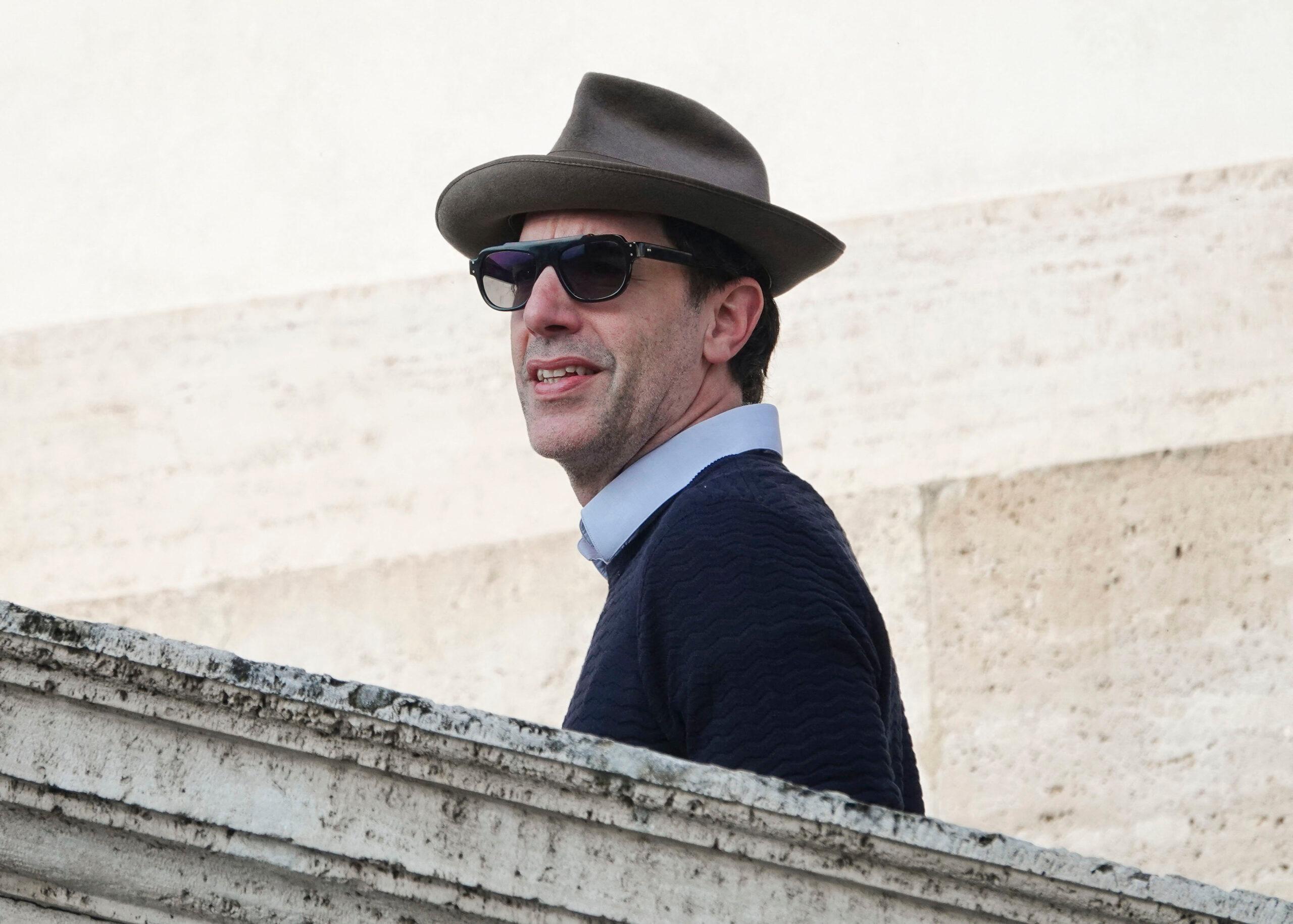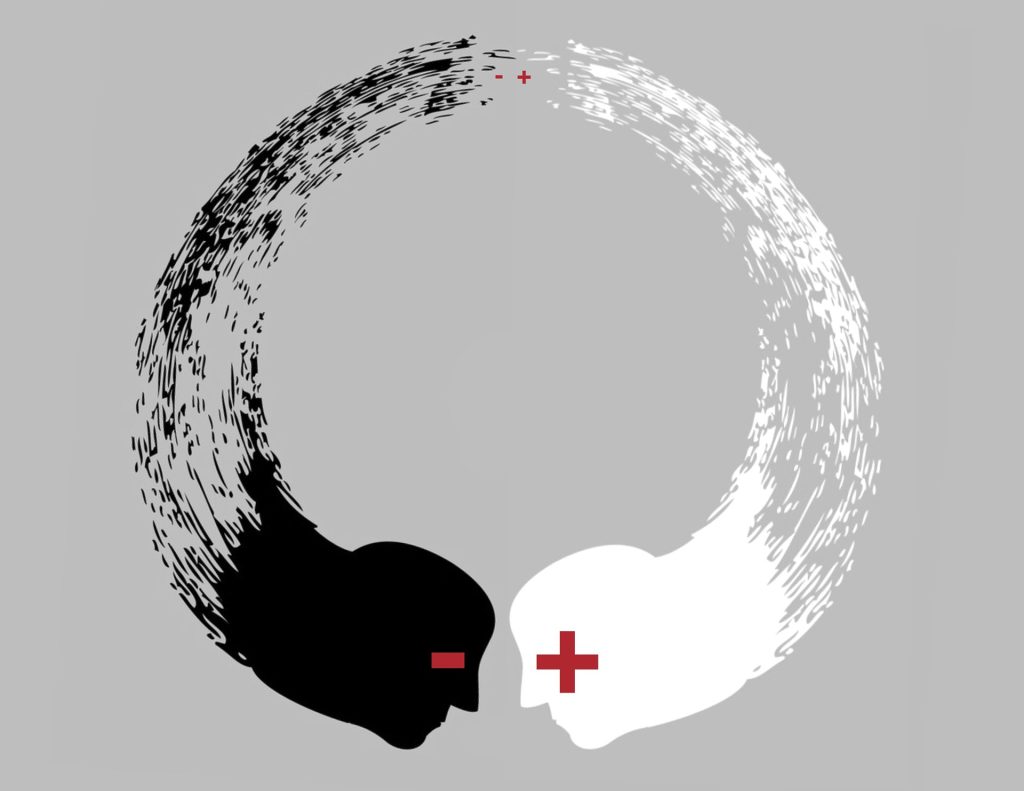This article appeared in the social network movements of the GEA (Love Studies Group) in Campinas. GEA encourages, since 2000, face-to-face virtual activities, with events and discussions about our most noble passions. Commenting on a text written by Motta, Seccarelli made a note that incited the sequence we are going to show today.
In many places, especially in clinics and hospitals, there are phrases that try to distinguish between science and belief. The most common are: “Science – seeing is faith” and “Faith – faith without seeing.” It seems simple, direct, and objective to note this distinction. Science requires seeing the truth, objectively, proving it, and repeating it. Faith requires subjectivity, the spiritual disposition to believe the imagined truth.
However, an induction arises: “Faith – believes in order to see.”
From then on, the context becomes very complex, exaggerating the dimensions of what is seen and what is believed. That is, it could indicate that if it were not for faith, nothing would be seen. Suddenly even an unbelieving researcher wouldn’t see science if he didn’t have faith…
Secarelli seeks to show that “belief is seeing” is a method that few can grasp and apply, since most need to follow the objective order. Therefore, people first want to see and then believe, and very often, even after seeing, they do not believe. In addition, they continue to deny everything that is invisible or tangible. Still from the co-author’s perspective, many things happen independently of beliefs and science.
Mota insists that science must have its own critical and methodological stance. Scientific deed must be proven in any of the beta reboots.
It is always the same, stable and repeatable. At the other extreme, let’s remember the unique and unrepeatable artwork. Cantatas performed by the Campinas Symphony Orchestra will always be different from the same piece played in Brussels or Tokyo. The portrait by Raphael can be made into prints, but no copy will ever be identical to the original.
Therefore, science asserts itself in repeatable facts. The artwork is unique, and may only be partially copied.
In a curious and challenging stretch, the co-author points out that faith is an illusory art that allows itself almost scientific credibility. For example: the idea of God is one of the masterpieces of human art that faith as science illuminates.
Seccarelli incites with another strange and seemingly paradoxical side: there is also blind faith! As its name suggests, blind faith accepts everything without proof, mixes the false with the true, and contradicts evidence and reason.
Some religious people, especially spiritual ones, point out the harm of staying in blind faith, suggesting a way out: rational faith. Rational faith will allow itself to be guided by logic, trying not to reject reason and stick to the truth, not to overlook lies. The twists and turns in these concepts and their boundaries are confusing, contradictory, and blurred.
Another interesting religious argument is the distinction between science and belief through concrete and abstract understandings. Thus, the former will remain in the physical world; The second, in the moral realm. If this distinction were applicable, faith would never interfere with the physical context.
However, religious beliefs continue to fall into contradictions, confusing the real context with the fictional.
They insist, they insist, that they have real evidence of intermediate phenomena, the performance of miracles and the existence of God.
Religious faith defends itself by saying that it is limited to an abstract moral universe, but believers often boast that they are capable of concrete confession, with physical proof…
We hope that the reader can benefit from the text’s provocations and question its concepts and values in a healthy and critical way.
🇧🇷 Elisabeth Ciccarelli is a lawyer and master of neuro-linguistic programming.
🇧🇷 Joaquim Z. Motta is a psychiatrist, sexologist, and writer.

“Hardcore beer fanatic. Falls down a lot. Professional coffee fan. Music ninja.”







More Stories
Registration is now open for the third cycle of the Science for All Prize
Sonaka workers win improvements to their health plan
Science error? Why doesn't Villa play fully? Discussion columnists